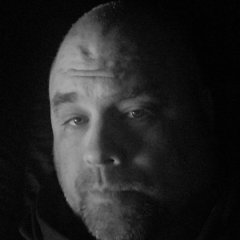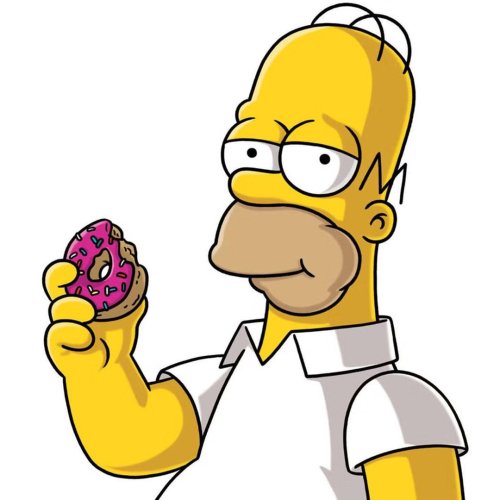
Twins Video
In my opinion, that is completely a myth and there are so many examples of that. Here are a few things we do know about velocity.
This is not a knock on velocity. In fact, if a pitcher has 1-4 above and throws 98, he's going to be great. Velocity is not a bad thing.
I’m not telling you anything you don’t already know. For a starter, being able to mix and match three or four pitches with good control is immensely important, and I would argue it is far more important than velocity.
Now, maybe the Twins Geek will want to run a Correlation Analysis to show what makes a starting pitcher successful. My hypothesis for such a study would be that velocity wouldn’t be in the Top 5 factors for pitcher success.
But again, I thought it would be interesting to see how Twins pitchers compared in terms of fastball velocity to other starters around baseball. In 2015, 141 pitchers threw at least 100 innings. Going back to my days as a math minor, I believe that “median” is the number in the middle of a group, a number in which half of the data comes in higher and half are lower. The “Median” Average Fastball Velocity for the 141 starters is 91.8 mph.
Two pitchers (Yankees Nathan Eovaldi, and Mets Noah Syndergaard) averaged 96.0+ on their fastballs. Just 11 of the 141 pitchers averaged 95.0 with their fastball. 25 averaged 94.0+ with the fastball. In other words, when you hear someone say that a pitcher sits between 91 and 93 mph, that isn’t a knock. It just is what it is. That’s what 60% of pitchers throw, with more big leaguers below that range rather than higher.
TWINS VELOCITIES
The Twins had six pitchers throw at least 100 innings, and here is how they ranked by Average Fastball Velocity.
- Trevor May – 93.2 (was tied with Justin Verlander for 36th in MLB, though clearly that number was improved by his time in the bullpen)
- Mike Pelfrey – 93.0 (was tied for 38th on the list – Tied with Jordan Zimmerman and Sonny Gray)
- Ervin Santana – 92.5 (was tied for 49th on the list)
- Kyle Gibson – 92.0 (was tied for 61st on the list. Tied with the likes of Masahiro Tanaka, Madison Bumgarner and Jon Lester.)
- Phil Hughes – 90.7 (was tied for 98th on the list – he as at 92.1 in 2014)
- Tommy Milone – 87.6 (was tied for 131st on the list)
So, what does that mean? Well, four of the six Twins pitchers with 100 or more innings in 2015 pitched with above-average velocity. The Twins starting rotation was improved in 2015 (starter ERA improved by nearly a run), but they were still 10th in the American League. However, struggles of the staff should not be attributed to lack of velocity.
THE CASE OF TOMMY MILONE
Tommy Milone is an interesting case. Many believe he is not a guy to build around because of his lack of velocity. However, a quick look at the pitchers in MLB whose average velocity is even lower than Milone’s proves interesting.
- Dodgers RHP Mike Bolsinger (87.2), Rockies RHP Kyle Kendrick (86.7), Nationals RHP Doug Fister (86.4), Royals RHP Chris Young (86.4), Cubs RHP Dan Haren (86.0), Diamondbacks RHP Josh Collmenter (85.9), Angels RHP Jered Weaver (84.9), Blue Jays LHP Mark Buehrle (83.9), Blue Jays RHP RA Dickey (81.4).
There are some long-time, very successful starting pitchers in that group. They are rare, and you’ll note just how pinpoint their control has been over the years. It has to be. I’m not saying that Tommy Milone will turn into the next Mark Buehrle, but I also refuse to say that he can’t be. His fastball may be just 87.6 mph, but he has a slow curve ball and a very good change-up. That three-pitch mix can be success (with command) at any level.
PLAYOFF ROTATIONS
You will also often hear that the Twins need some flame-throwers in order to make a run in the playoffs. Again, that wouldn’t hurt, but velocity isn’t necessarily the key to success for starters to get a team to the playoffs. Just for fun (and because I’m curious), I looked at the 10 playoff teams and considered their playoff rotations as well as other starters who helped a team to the playoffs (for instance, the injured Carlos Martinez of the Cardinals, or CC Sabathia of the Yankees). What you will find is a mixed bag of pitchers in the rotations.
The Mets clearly are all about youth and velocity and that’s a good strategy when the pitchers are as talented as that young quartet. Jake Arrieta and David Price are aces who throw hard. But look at the Astros pitching after McCullers. Dallas Kuechel, the likely AL Cy Young Award winner, doesn’t average 90 mph on his fastball.
Great pitching comes in all shapes and sizes. Some develop by 21 or 22, and others don’t reach their potential until they’re 25 or 26. Most are somewhere in between. There have been great pitchers who are 6-0 tall and others at 6-11, and everywhere in-between. Likewise, there have been aces who throw 97, and there have been aces that top out at 89 or 90. And, everywhere in between.
Velocity can be a good thing for a starting pitcher for several reasons. However, it is a myth if someone tells you that one must have great velocity to become an ace.
MORE FROM TWINS DAILY
— Latest Twins coverage from our writers
— Recent Twins discussion in our forums
— Follow Twins Daily via Twitter, Facebook or email
— Become a Twins Daily Caretaker






Recommended Comments
Join the conversation
You can post now and register later. If you have an account, sign in now to post with your account.
Note: Your post will require moderator approval before it will be visible.